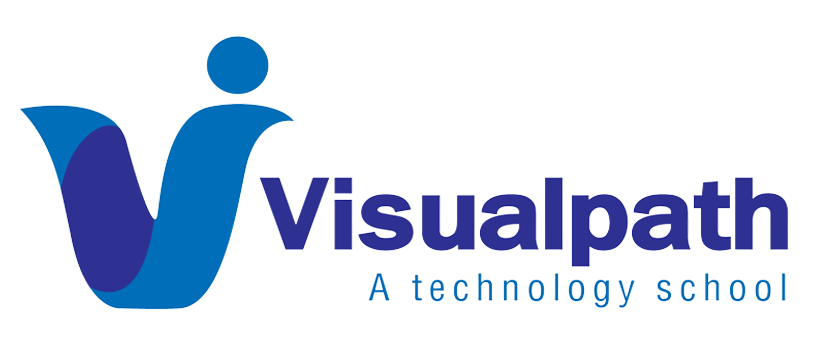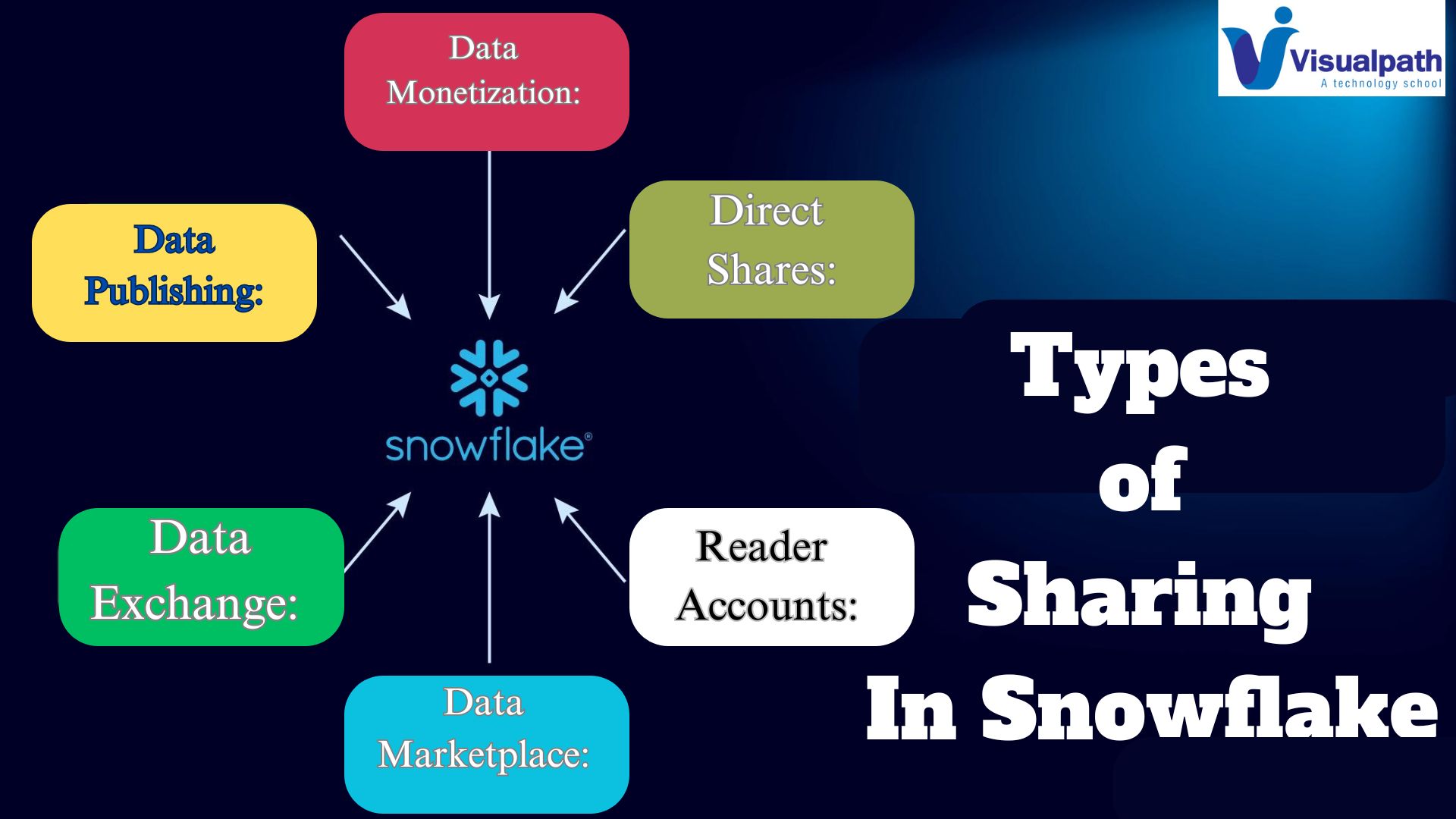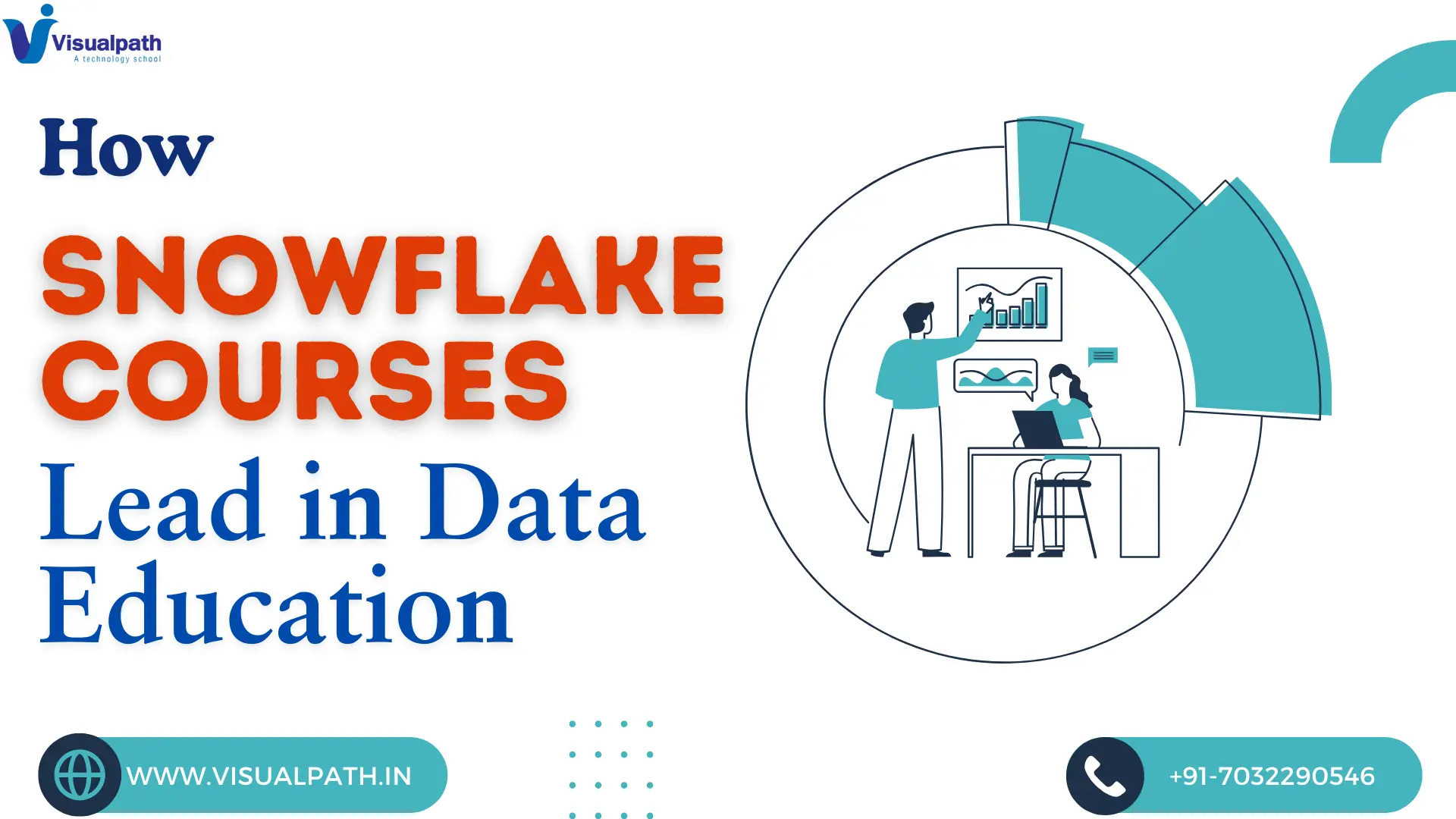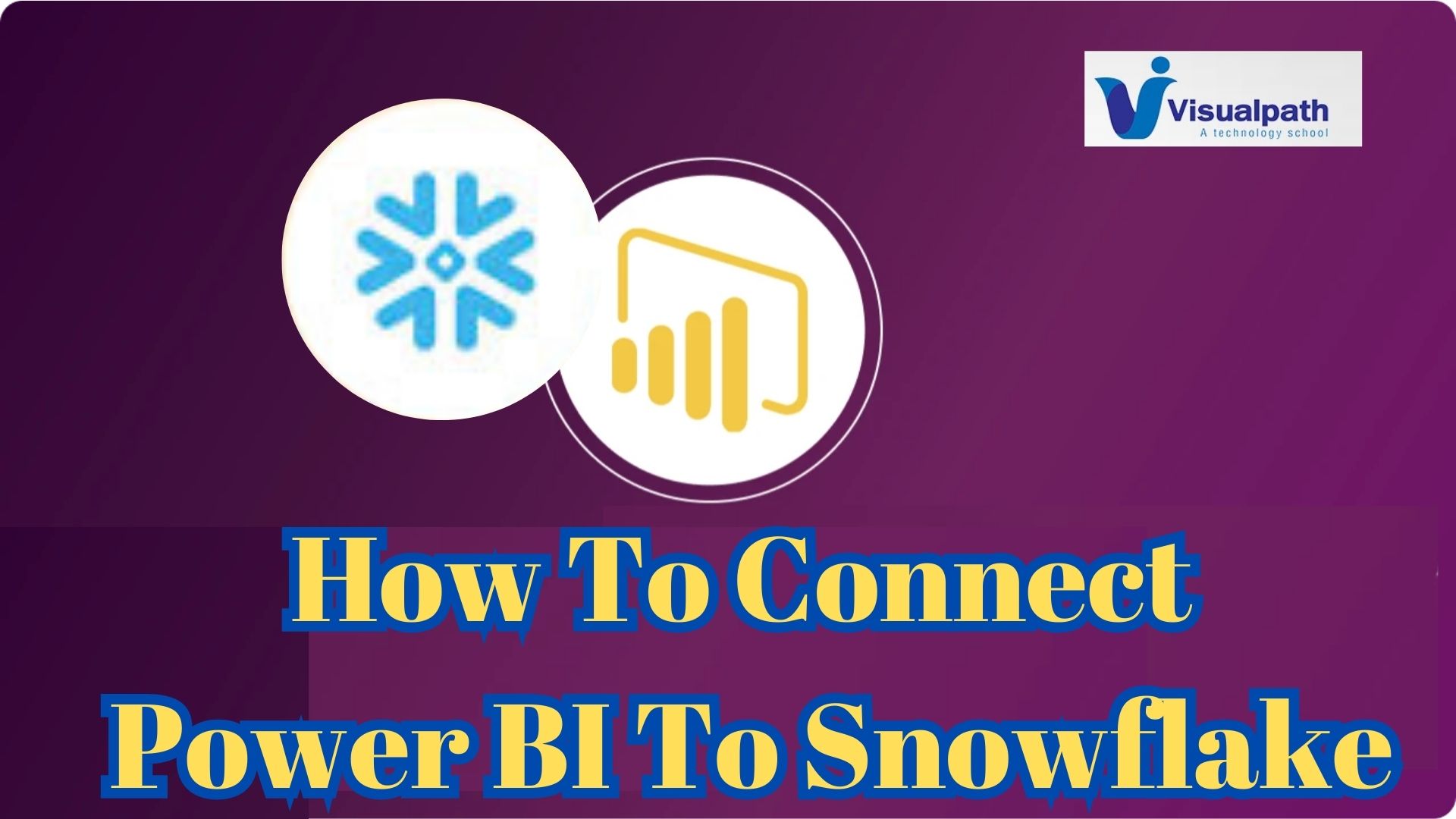Snowflake, a cloud-based data warehousing solution, offers robust data sharing capabilities that empower organizations to share data securely and efficiently. Understanding the different types of sharing in Snowflake is essential for optimizing data collaboration within and between organizations. Snowflake Online Training Course
Direct Shares:
Direct Shares enable secure and direct sharing of data between Snowflake accounts. This method allows the provider to share specific databases, schemas, tables, or views with one or more consumer accounts. The shared data remains under the control of the provider, ensuring that the provider can revoke access or modify permissions at any time. Snowflake Training
Reader Accounts:
Reader Accounts facilitate data sharing with consumers who do not have a Snowflake account. In this model, Snowflake provisions a dedicated Reader Account for the consumer, allowing them to access the shared data. The provider manages the Reader Account, ensuring that the consumer can query the data but cannot modify it. Snowflake Online Training
Data Marketplace:
Snowflake’s Data Marketplace is a platform that allows organizations to publish and monetize their data. Providers can list datasets on the marketplace, making them available to a broad audience of potential consumers. Consumers can discover, evaluate, and subscribe to datasets that meet their needs. Snowflake Training in Hyderabad
Data Exchange:
Data Exchange is a more customizable and controlled version of data sharing, enabling organizations to create a private exchange to share data securely with specific partners, customers, or departments.
Data Publishing:
Data publishing refers to making data available to a broader audience, typically through a data repository or an open data portal. This type of sharing is often used by government agencies, research institutions, and organizations aiming to promote transparency and public access to information.
Federated Data Sharing:
Federated data sharing involves multiple organizations collaborating to share and access data while maintaining their own data governance policies. In this model, data remains within the control of the individual organizations, but can be accessed and analyzed across the federation.
Data Monetization:
Data monetization involves sharing data for a fee, allowing data providers to generate revenue from their data assets. This can be done through data marketplaces, where providers list their datasets, and consumers can subscribe to or purchase access to the data.
Conclusion:
Snowflake’s versatile sharing options—Direct Shares, Reader Accounts, and Data Marketplace—cater to various data collaboration needs.
Visualpath is the Leading and Best Software Online Training Institute in Hyderabad. Avail complete Snowflake institute in Hyderabad Snowflake Online Training Worldwide. You will get the best course at an affordable cost.
Attend Free Demo
Call on – +91-9989971070




